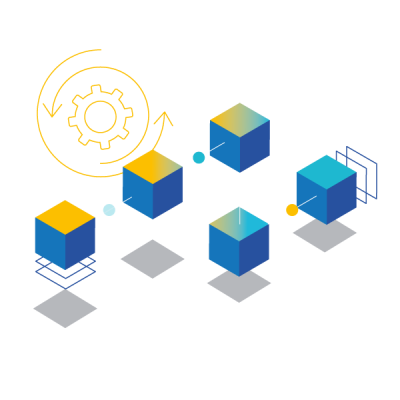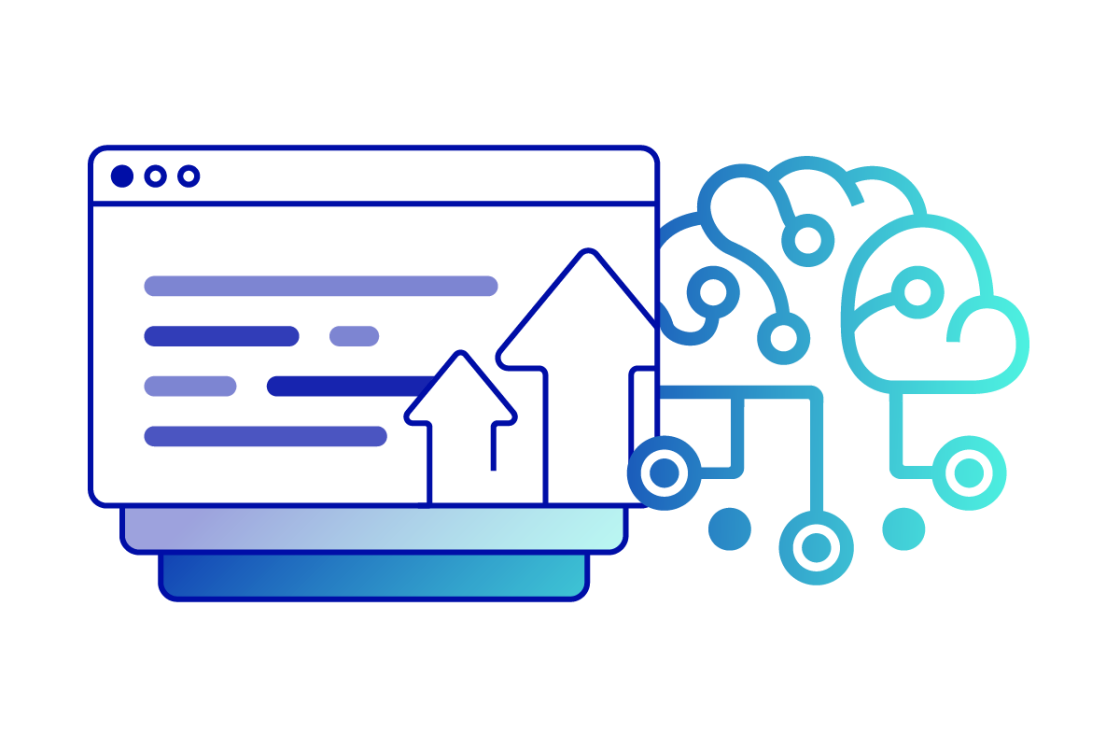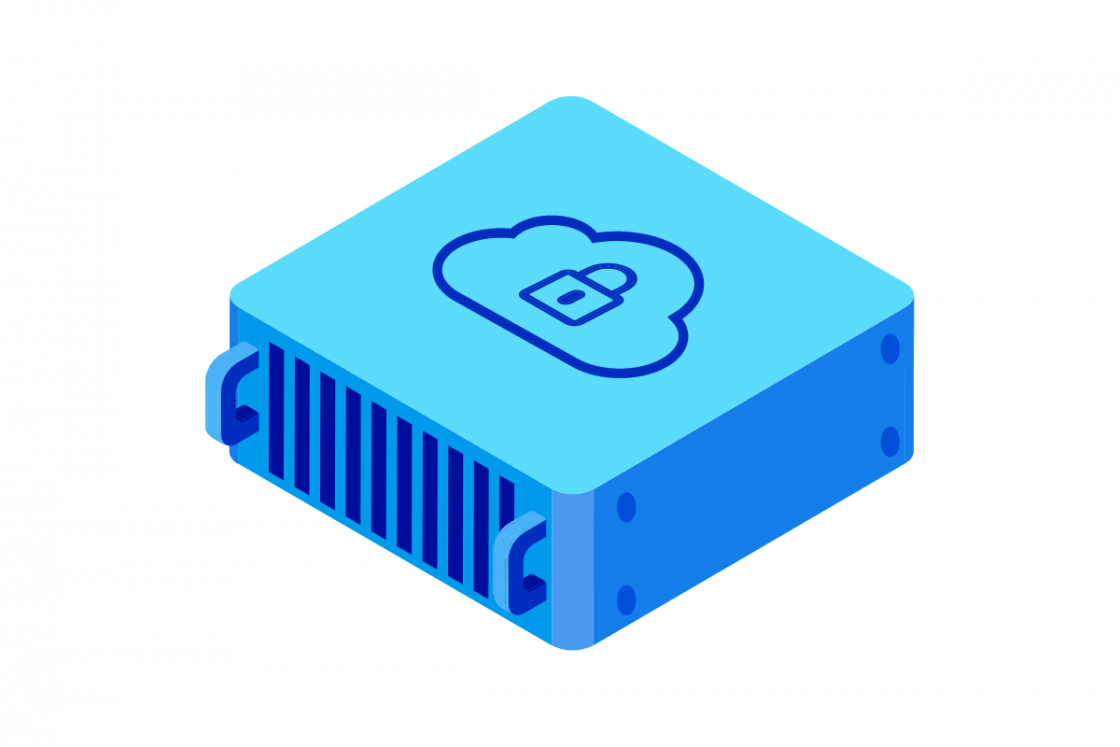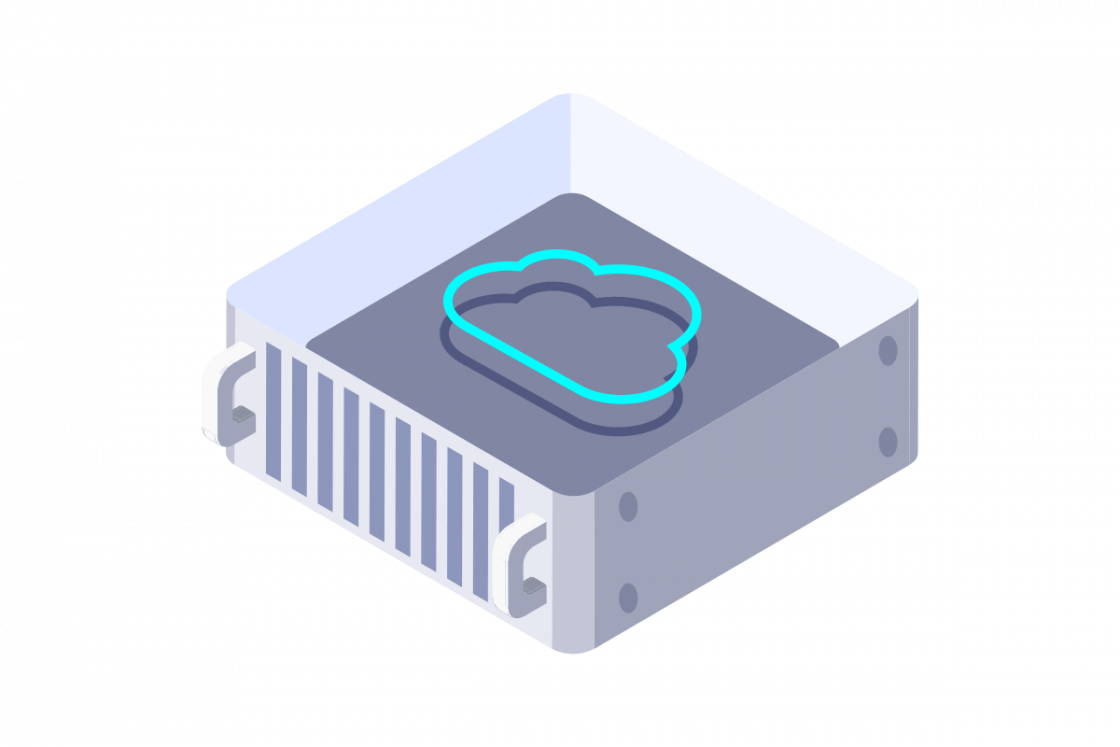What is RAG?
Introduction to RAG and AI
Retrieval Augmented Generation (RAG) is a powerful technique that enhances the capabilities of large language models (LLMs) by combining their generative prowess with external knowledge sources. In essence, RAG bridges the gap between the vast generative capacity of LLMs and the ability to provide more accurate, up-to-date, and contextually relevant information —provided the external sources are reliable.

While impressive in their ability to generate human-quality text, traditional LLMs are limited by the knowledge they acquire during their initial training phase.
Their responses might be outdated or lack specific details, especially in rapidly evolving domains. It addresses this limitation by allowing the model to access and process data from a wide range of external sources, such as:
- Databases: structured information repositories containing facts, figures, and relationships.
- Documents: textual resources like articles, reports, and web pages.
- Code repositories: collections of code and documentation.
- Knowledge graphs: networks of interconnected entities and concepts.
By incorporating these external resources, these systems empower an LLM to generate more pertinent responses because they are grounded in factual data from reliable sources.
RAG also enables more up-to-date responses reflecting the latest developments and changes.
It is a prime example of how integrating artificial intelligence systems with external knowledge can make them more robust and reliable. This approach opens exciting possibilities for various applications, from customer service and education to research and development.
We expect to see more innovative and impactful use cases emerge as RAG technology advances.
Importance of RAG
This methodology is gaining importance in AI due to its ability to address some key limitations of large language models (LLMs). Here's why this pathway is crucial:
- Enhanced Accuracy and Reliability: LLMs are trained on massive datasets, but this can become outdated or not cover specific domains or niche topics. RAG allows the model to access and incorporate real-time information and domain-specific knowledge from external sources, leading to more accurate and reliable responses. This is particularly important in areas where precision and factual correctness are essential, such as customer service, healthcare, and finance.
For example, in customer service, it can ensure accurate product information or troubleshooting steps are provided, while in healthcare, it can provide access to the latest medical research and patient records.
- Improved contextual relevance: It enhances the contextual relevance of responses by retrieving applicable information from external resources, aligning them with the query.. This leads to more meaningful and tailored responses, enhancing user experience and satisfaction.
This is valuable for personalised recommendations, where RAG can suggest products or services based on user preferences and purchase history. Education can provide customised learning materials and exercises based on student needs.
- Addressing hallucination and bias: LLMs can sometimes generate incorrect or biased information, often referred to as "hallucination." It helps mitigate this issue by grounding the LLM in factual data from reliable sources.
- Adaptability and continuous learning: RAG allows LLMs to adapt to new information and evolving domains by continuously updating their knowledge base. This eliminates the need for frequent retraining of the LLM, making it more efficient and cost-effective.
Combining the strengths of an LLM with external knowledge sources unlocks new possibilities for AI applications and machine learning.
It enables an LLM to tackle complex tasks requiring creativity and factual accuracy, such as answering questions, summarising text, and generating code.
For example, RAG can facilitate more comprehensive and nuanced answers to complex questions, generate concise and informative summaries of lengthy texts, and assist in generating code snippets based on natural language descriptions.
Applications Across Industries
RAG is a versatile technology with the potential to revolutionise how we interact with information and automate tasks across various industries. Here are some key applications.
Customer Service and Support
RAG can power more intelligent and efficient customer service systems. By accessing product documentation, info bases, and customer interaction history, RAG-enabled chatbots can answer customer queries accurately, resolve issues faster, and offer personalised support. This leads to increased customer satisfaction and reduced support costs.
E-commerce
Using this method can enhance product discovery and recommendation systems. By analysing product descriptions, customer reviews, and purchase history, RAG can provide more applicable product suggestions, answer questions about items, and even generate personalised shopping guides. This can lead to increased sales and customer engagement.
Healthcare
It can assist healthcare professionals in diagnosis, treatment planning, and patient care. Accessing medical literature, patient records, and clinical trial data can provide relevant information for some instances, suggest potential diagnoses, and summarise research findings. This can help improve the accuracy and efficiency of medical decision-making.
Finance
RAG can be applied to financial analysis, risk management, and investment strategies. By accessing market data, financial news, and company reports, RAG can generate summaries of economic performance, identify potential risks, and provide insights for investment decisions. This can help financial institutions make more informed and data-driven choices.
Education
It can personalise learning experiences and provide students with more effective educational resources. Accessing textbooks, research papers, and academic databases allows RAG to answer student questions, generate quizzes and assignments, and provide customised learning materials. This can lead to improved learning outcomes and student engagement.
Legal
RAG can assist legal professionals in research, document review, and contract analysis. By accessing legal databases, case law, and texts, RAG can provide applicable information for specific cases, summarise legal arguments, and identify potential legal issues. This can help lawyers save time and improve the accuracy of their work.
Software Development
It’s a method that can assist developers in code generation, debugging, and documentation. RAG can generate code snippets based on natural language descriptions, identify potential bugs, and explain code functionality by accessing code repositories, documentation, and online forums. This can help developers write code more efficiently and effectively.
Understanding RAG Models
While the concept might seem straightforward, the underlying models involve a sophisticated interplay of components. Let's break down the key elements:
Retriever
This component acts as the engine. It sifts through the vast external base and pinpoints the most critical information for a given query. Various retrieval methods can be employed. Dense retrieval uses embeddings and numerical representations of text that capture semantic meaning.
The retriever compares the embedding of the user query with the embeddings of documents in the base to find the closest matches. Sparse retrieval relies on traditional keyword-based search techniques like TF-IDF (Term Frequency-Inverse Document Frequency) to find documents containing the query terms.
Hybrid retrieval combines dense and sparse retrieval methods to leverage their strengths and improve accuracy.
Ranker
Once the retriever has identified potentially relevant documents, the ranker steps in to refine the selection. It evaluates the retrieved documents and ranks them based on their relevance to the query.
This ensures that the most pertinent information is passed on to the generator. Ranking methods can include similarity scores, which measure the similarity between the query and retrieved documents based on their embeddings or keyword overlap; contextual relevance, assessing how well the retrieved info addresses the nuances and intent of the query; and source quality, prioritising information from reliable and authoritative sources.
Generator
This is the core component responsible for generating the final response. Typically, a large language model (LLM) takes the ranked documents as input and crafts a coherent and informative answer – but it could be any generative AI model.
The generator leverages its language understanding and generation capabilities to synthesise and present the retrieved information naturally and engagingly.
Knowledge Base
The base is the external source of information that the RAG model draws upon. This can be a diverse data collection, including text documents like articles, books, web pages, and code repositories; structured databases like tables, relational databases, and graphs; and even multimedia, such as images, videos, and audio files.
The choice of base depends on the application and the type of information required.
Different RAG Architectures
There are different ways to structure a system using this method. Document-level architecture involves the retriever selecting all the documents relevant to the query, with the generator processing these documents as a whole.
Passage-level RAG, on the other hand, sees the retriever breaking down documents into smaller passages and selecting the most relevant ones.
This allows for more focused and precise retrieval. Finally, question-answering RAG is designed explicitly for question-answering tasks, with the retriever focusing on finding passages that directly answer the user's question.
Challenges of RAG
While it offers significant advantages, it also presents unique challenges that must be addressed for successful implementation. One primary concern is maintaining a high-quality knowledge base. Its effectiveness hinges on the accuracy, relevance, and completeness of the information it retrieves.
This requires careful curation and maintenance of the base, including regular updates, accurate indexing, and effective filtering of irrelevant or outdated information. Challenges arise in ensuring data consistency, managing different data formats, and handling potential biases within the data.
Without a robust and well-maintained base, these systems may provide inaccurate, irrelevant, or misleading responses, undermining their intended purpose.
Furthermore, achieving optimal performance in RAG systems requires carefully balancing retrieval efficiency and accuracy. Retrieving relevant info from massive bases can be computationally intensive and time-consuming.
Developers must find efficient methods for quickly identifying the most pertinent information without sacrificing accuracy. This often involves trade-offs between different retrieval techniques, such as dense versus sparse retrieval, and requires careful tuning of parameters to optimise for specific tasks and domains.
Additionally, ensuring that the retrieved information is ranked correctly and integrated with the LLM's generation process can be complex, demanding sophisticated ranking algorithms and effective integration strategies. Overcoming these challenges is crucial for building RAG systems that deliver relevant and timely returns in real-world applications.
Best Practices For Training RAG Models
Developing effective AI involves more than simply combining a retriever, ranker, and generator. Careful consideration must be given to training and optimisation to ensure optimal performance. Here are some best practices to keep in mind:
- Curate a high-quality knowledge base: A well-maintained and relevant information base is the foundation of any successful system. This involves ensuring the data is accurate, up-to-date, and free of errors and inconsistencies.
- Optimise the retriever: The retriever is crucial for identifying important information. Key considerations include choosing the appropriate method (dense, sparse, or hybrid) based on the characteristics of the data and the task.
- Fine-tune the ranker: The ranker prioritises the most pertinent information. Best practices include selecting appropriate ranking metrics that align with the desired outcome, incorporating user feedback to improve ranking accuracy, and promoting diversity in the ranked results to provide a broader range of perspectives.
- Train the generator for contextual understanding: The generator should be trained to effectively use the retrieved information. This involves teaching the generator to understand the context of the retrieved data and the user's query and training it to synthesise information from multiple resources.
Finally, you should continuously evaluate the model's performance and iterate on its components to improve its effectiveness.
This includes defining clear evaluation metrics that measure the accuracy, relevance, and fluency of the generated responses, conducting thorough testing with diverse inputs and scenarios, and monitoring the model's performance in real-world settings to identify areas for improvement.
OVHcloud and RAG
Accelerate your AI journey with OVHcloud's comprehensive suite of services. We provide high-performance infrastructure, flexible tools, and expert support to efficiently train, deploy, and manage your machine-learning models.
Read this article that presents a reference architecture for a simple Retrieval Augmented Generation solution based on a vector Db using OVHcloud managed services. In this use case we have a large number of pdf/markdown documents that are ingested as a single batch to create a knowledge base and a simple text chat interface for a user to ask questions.

Empower your applications with AI Endpoints
Designed with simplicity in mind, our platform allows developers of all skill levels to enhance their applications with cutting-edge AI APIs —no AI expertise required.
Read our article about RAG chatbot using AI Endpoins and LangChain

AI Deploy
Easily deploy machine learning models and applications into production, create your API access points with ease and make effective predictions.
How to server LLMs with vLLM and OVHcloud AI Deploy?
In this tutorial, we will walk you through the process of serving large language models (LLMs), providing step-by-step instruction.

Speed up your workloads with GPUs built for AI and graphics tasks
Take advantage of NVIDIA GPUs to expand your artificial intelligence (AI), deep learning (DL), and graphics processing projects. Whether you are deploying large language models (LLM) or visual computing tasks, our GPU-based solutions deliver optimal speed and efficiency.